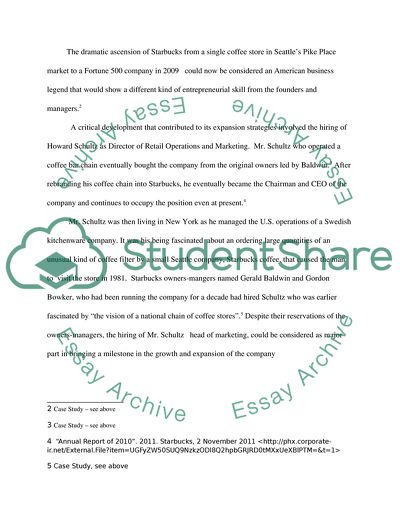Cite this document
(“Longitudinal Strategic Development Study Essay Example | Topics and Well Written Essays - 3500 words”, n.d.)
Longitudinal Strategic Development Study Essay Example | Topics and Well Written Essays - 3500 words. Retrieved from https://studentshare.org/marketing/1583203-longitudinal-strategic-development-study
Longitudinal Strategic Development Study Essay Example | Topics and Well Written Essays - 3500 words. Retrieved from https://studentshare.org/marketing/1583203-longitudinal-strategic-development-study
(Longitudinal Strategic Development Study Essay Example | Topics and Well Written Essays - 3500 Words)
Longitudinal Strategic Development Study Essay Example | Topics and Well Written Essays - 3500 Words. https://studentshare.org/marketing/1583203-longitudinal-strategic-development-study.
Longitudinal Strategic Development Study Essay Example | Topics and Well Written Essays - 3500 Words. https://studentshare.org/marketing/1583203-longitudinal-strategic-development-study.
“Longitudinal Strategic Development Study Essay Example | Topics and Well Written Essays - 3500 Words”, n.d. https://studentshare.org/marketing/1583203-longitudinal-strategic-development-study.


